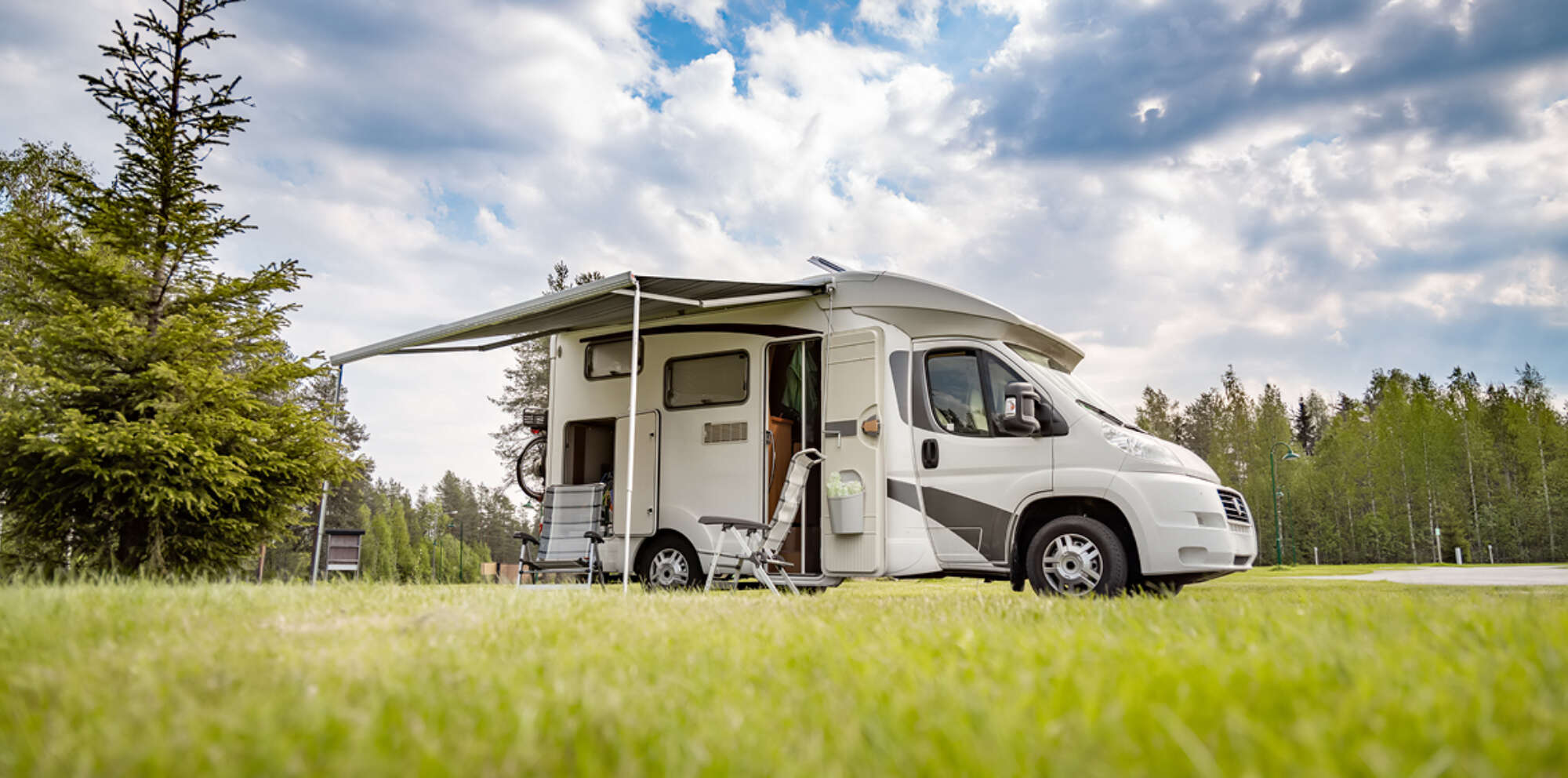At ERS, most product changes are made based on market trends, emerging opportunities or broker and customer feedback. But every so often, the motor industry throws out a curveball that requires us to take swift, decisive action.
In this instance, we’re responding to the DVLA, which has unexpectedly announced several enhancements to its classification requirements for vans that have been converted to motor caravans.
Going forwards, vehicles that don’t meet the DVLA’s enhanced requirements will now be categorised as ‘Body Type: Van with Side Windows’ instead of ‘Body Type: Motor Caravan’.
It might not sound like a big change – and indeed, the DVLA has a legitimate reason for the adjustment, bringing the recorded body type in line with the descriptions used by the police and other enforcement agencies when identifying vehicles.
The problem is that changes made without consultation tend to result in unforeseen consequences. And in this instance, the consequences are far more significant than the DVLA might have anticipated.
What are the changed requirements?
To be classified as ‘Body Type: Motor Caravan’, vehicles registered with the DVLA must now meet the following criteria:
- Two or more windows on at least one side of the main body (not including windows on the driver or passenger doors)
- A separate door which provides access to the living accommodation of the vehicle (excluding the driver and passenger doors)
- Motor caravan-style graphics on both sides of the vehicle
- An awning bar attached to either side of the vehicle
- A high-top roof (excluding pop-top elevating roofs)
The first two requirements are similar to the DVLA’s prior stipulations and should not be an issue for most converted vans. Likewise, the requirement for appropriate graphics, while ambiguous, shouldn’t represent a problem to fulfil.
It is the last two enhancement that present an issue. Awning bars are not especially expensive to fit, but they may not be to every converted van owner’s taste. Certainly, it seems an unnecessary imposition. And in the case of high-top roofs, the sizeable cost of roof modification will deter most owners from even attempting to have their vehicles classified as motor caravans.
Why does reclassification matter?
Through a freedom of information request, we discovered that successful applications to reclassify converted vans as motor caravans have fallen dramatically since the DVLA’s announcement – simply highlighting the DVLA’s current attitude towards van conversions.
However, by formally changing its definitions, the DVLA has inadvertently created confusion around the permissible maximum speed limit for these vehicles.
Motor caravans (not exceeding 3.05 tonnes unladen) can travel at 70 mph on motorways and dual carriageways and at 60mph on single-track roads. Converted vans and panel vans not registered as ‘motor caravan’ must adhere to a lower speed limit.
Unfortunately, the DVLA’s new classification of motor caravans contradicts an existing – and far less exacting – legal definition contained within 1979 legislation*, meaning that, in the event of a road incident involving a converted van travelling above 60mph, the implicated parties would find themselves in a legal grey area.
Less significant, but perhaps no less confusing to owners, this contradiction also affects the amount garages are legally allowed to charge for MOT servicing, as motor caravans are subject to a lower maximum fee than converted vans.
How will the DVLA’s changes affect insurers?
At ERS, we provide a bespoke motorhome product designed to cover a wide range of motor caravans, RVs and converted vans. And we use advanced data enrichment – including DVLA information – to feed our pricing models, ensuring brokers receive accurate quotes and a smoother journey to policy completion.
Until now, if a vehicle wasn’t classified as a motor caravan, or in the process of being re-registered as a motor caravan, we wouldn’t provide a motorhome quote as this product wouldn’t suit the customer. However, the DVLA has forced us to change our stance, given that many thousands of vehicles clearly intended for holidaying/leisure use will now be classified as ‘Body Type: Van with Side Windows’.
Insurance providers that don’t enrich their quotes with DVLA information won’t face this particular problem. But they may still run into issues when looking to confirm a vehicle’s body type during the post-quote process. Some insurers are even forcing their customers to submit reclassification applications to the DVLA so that they can use the resultant rejection letter as confirmation.
In a worst-case scenario, customers putting in damage claims could see their claims delayed or even rejected if an insurer only validates body type at the point of claim and suddenly finds that the DVLA’s definition differs from the definition contained in the customer’s policy.
How has ERS solved this problem for brokers?
Firstly, we’re opening up our Motorhome book to cover ‘Body Type: Van with Side Windows’ for the first time. This will ensure that potential customers don’t fall through the cracks and can still receive specialist cover tailored to their use case – which, despite the DVLA’s classification, will be markedly different to the typical van owner.
Secondly, we’ve updated our policy terms on IHP and our eTrade portal to add an extra condition if the DVLA is unwilling to classify a converted van as ‘Body Type: Motor Caravan’. And, unlike other insurers, we don’t require customers to obtain a letter from the DVLA before we’ll cover their vehicle – greatly increasing the time to policy completion.
All brokers need to do is consider the additional T&Cs and provide verbal clarification as to what features are present in the vehicle when sourcing quotes for their customers. It’s minimal extra work, given that our brokers will already be seeking specific information about their client’s vehicles/body type before they request a quote in the first place.
Are existing customers affected?
Fortunately, the DVLA isn’t implementing its classification changes retrospectively, meaning there’s no impact on existing customers whose vehicles have already been classified.
However, it is still a good idea for brokers to get in touch with customers who are pending policy renewal to reassure them that they are still eligible for our motorhome cover.
The DVLA hasn’t made things easy on this occasion, but we’ve been able to act swiftly to support brokers and we have even expanded our risk appetite in the process. Click here if you’d like to learn more about our enhanced appetite.
*The Motor Caravan in the Motor Vehicles (Type Approval) (Great Britain) Regulations 1979






